The Dogs On Sanur Beach, Egg Paintings and Barong Dance, in Bali, Indonesia
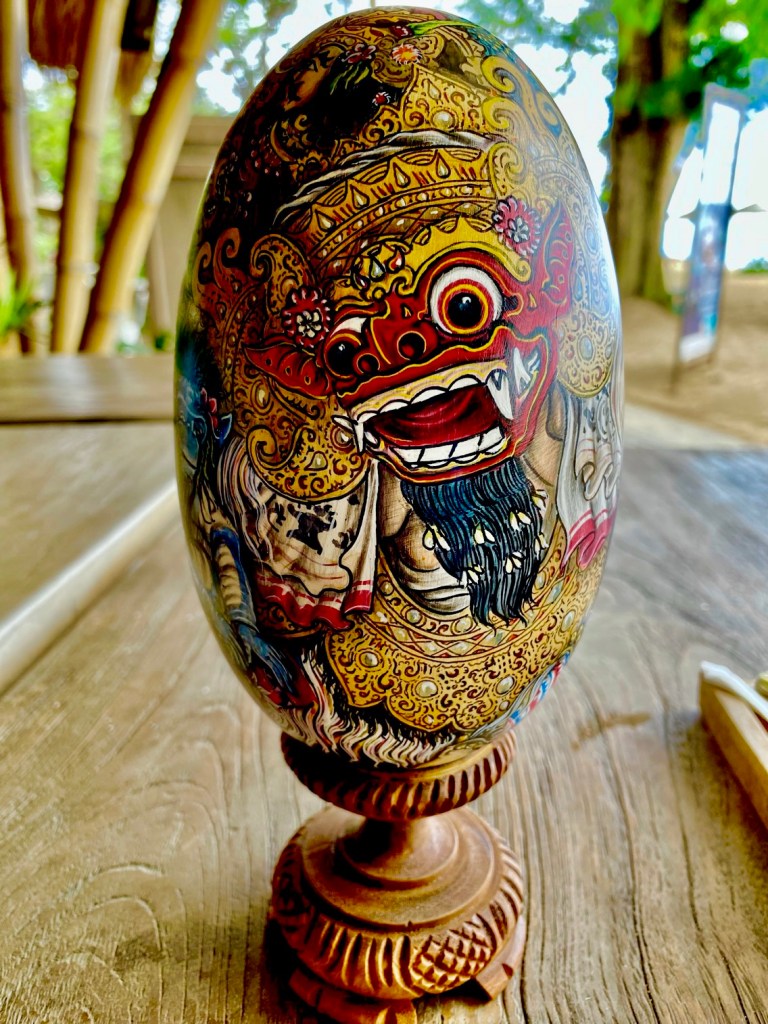



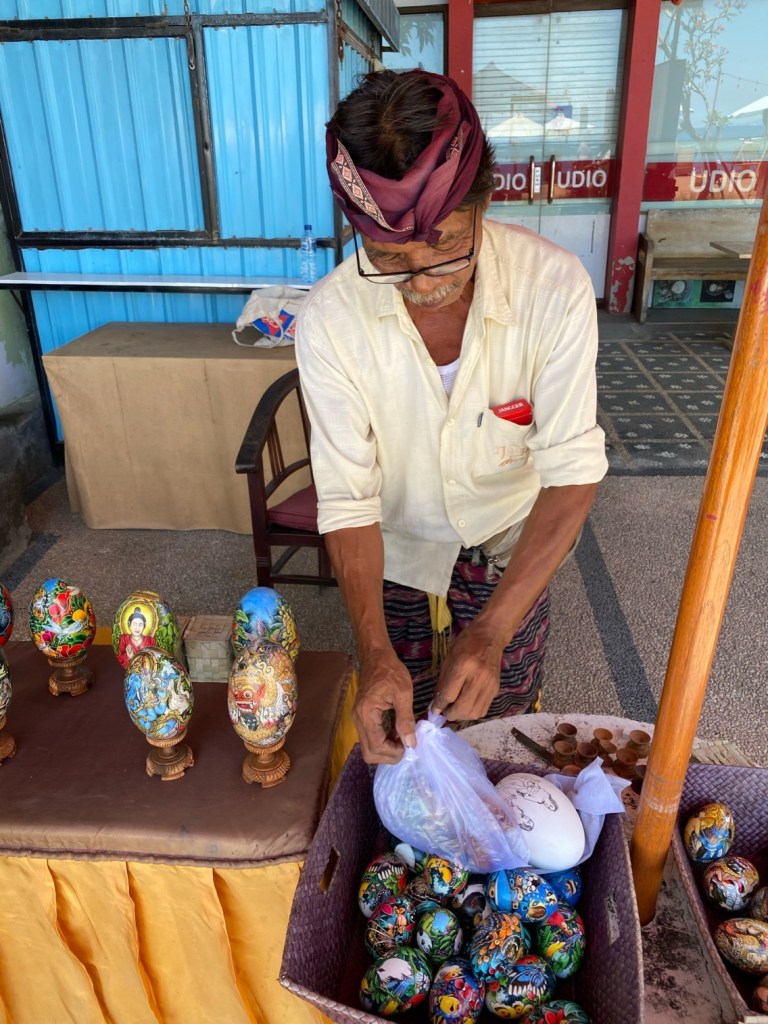

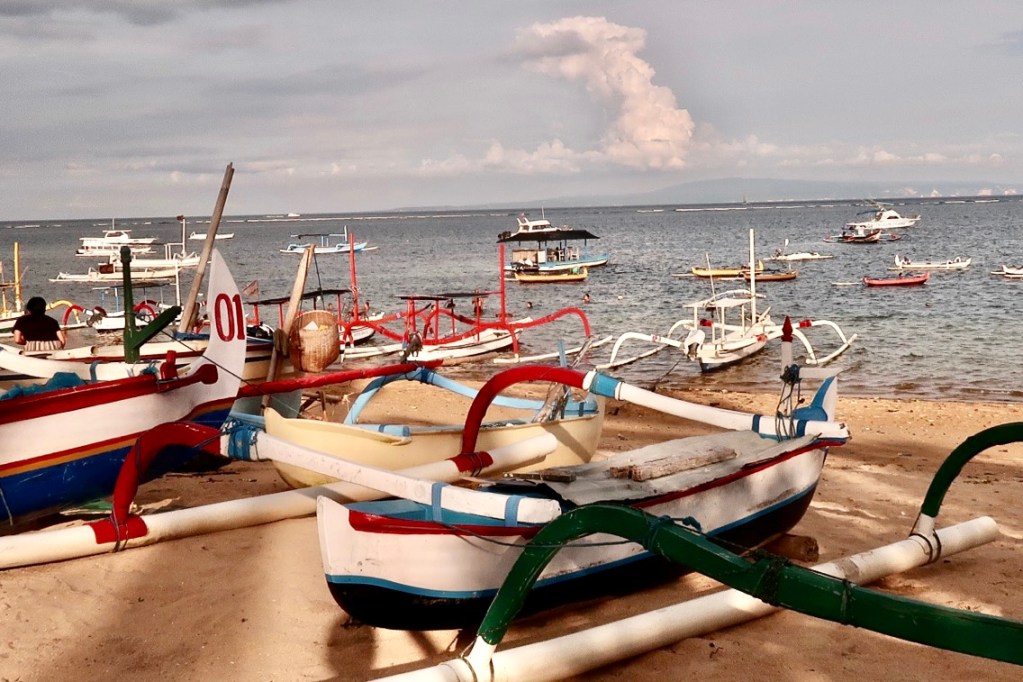


















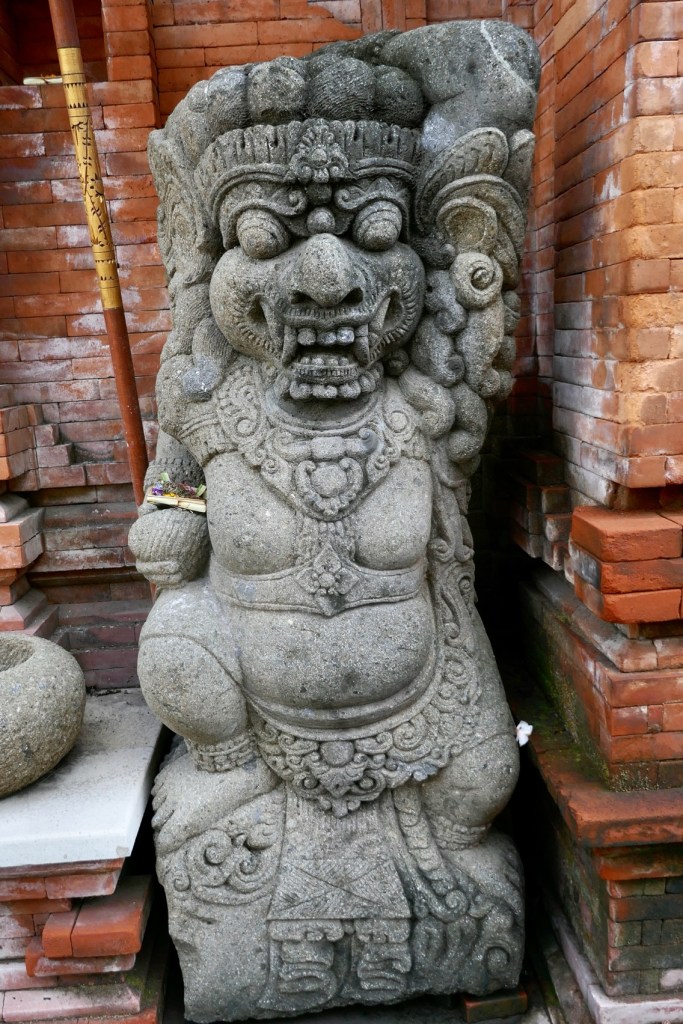



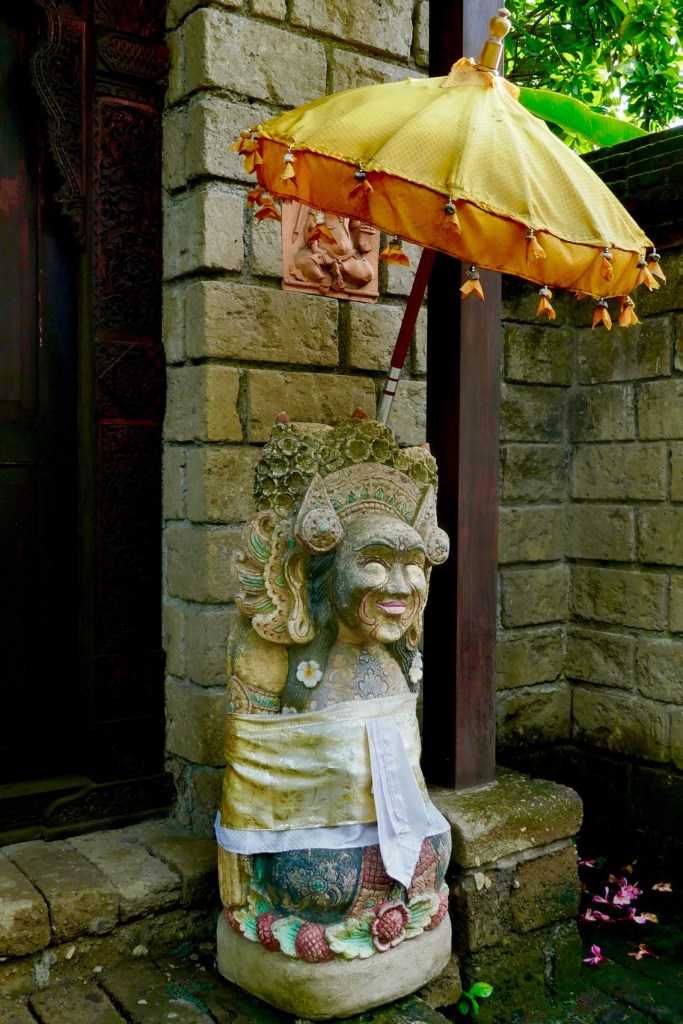










The Dogs On Sanur Beach, Egg Paintings and Barong Dance, in Bali, Indonesia
Expats who have moved to Bali mention that there are two things they do not like about Bali, or as it commonly known, “The Island Of The Gods.”
The first thing is that the narrow roads are clogged with heavy traffic, and the other is that there are so many stray dogs who are not treated well and roam the streets looking sad and lonely.
While I completely agree with the fact that the traffic is absolutely horrendous, and that you feel victorious just for being able to cross the road without being run over, I did not observe the dogs being unhappy.
In our culture, treating pets well, means that we domesticate cats and dogs to the point where we forget they are animals.
We never let them run wild, roll in the mud, or hunt for their food.
We give them manicures, pedicures, color their fur and put it in bows, and dress them for the cold or just for fun and fashion.
As a result of this unnecessary and unnatural treatment, pets nowadays develop the same ailments as the humans who care for them.
They develop diabetes, cancer, shingles, obesity, heart issues, and sometimes similar obnoxious personality characteristics as well.
Dogs in Bali are not treated as pets, but on the days I spent lazying on Sanur beach, I observed that the dogs playing on the beach were having more fun than any manicured pet in our culture.
Beside getting food and love from the locals and the many tourists, dogs occupy their time digging for crabs by the seashore, picking up driftwood sticks and running for fun with an invisible friend.
Dogs are very territorial by nature, but here, a new dog roaming around from beach to beach, knows how to avoid confrontations as he explores the long stretch of beaches.
He lowers his head and tail, demure himself and allows the local dogs to sniff him out.
One day on Sanur beach, we came upon a local painter who paints intricate designs on wooden eggs.
Egg painting is a famous art form in Bali.
The tradition of egg painting began in Persia in ancient times, and has spread to many parts of the world.
Egg painting is an incredibly delicate and specialized art, requiring a steady hand, exquisite patience, good eyesight and painting skill like understanding color and the characteristics of the egg tempera paint that are used.
It is like miniature painting, only on an egg.
The artist we met was called Nyoman, and he paints beautiful Balinese dance and nature scenes, on an egg made of solid wood, so we could safely take it home.
His name, Nyoman, is a traditional Balinese name that means simply: “Third-born child.”
Balinese people name their children depending on the order they are born.
The names are the same for both males and females.
The firstborn child is named Wayan, Putu or Gede, the second child is named Madē or Kadek, the third child goes by Nyoman or Komang, and the fourth is named Ketut.
If a family has more than four children, the cycle repeats itself, and the next ‘Wayan’ may be called Wayan Balik, which loosely translates to ‘another Wayan’.
Finally, when using their full names, like on the business card that Nyoman gave us, Balinese people add a prefix to indicate gender. ‘I’ is for men and ‘Ni’ is for women.
The two painted eggs that we bought depict scenes from the ‘Barong dance,’ which is a style of traditional Balinese Mask dances that involves mythological animals that have supernatural powers and can protect humans.
The story of the Barong dance is usually about a battle between good and evil.
An example of one dance is between Barong, the King of the good spirits, and Rangda, the demon queen.
Terrifying to behold, the child-eating Rangda leads an army of evil witches against Barong and his forces of good.
The battle between Barong and Rangda is represents the eternal battle between good and evil that occurs in each and every human being.
When trying to understand the source of this mythology, we have to remember that this is a Hindu based local dance.
In old Hindu tradition, widows threw themselves on the burning funeral pyres of their husband’s cremated bodies.
They did this for a few reasons.
One is the fact that society looked down on them and blamed them for failing to keep their husbands alive by failing to provide a happy and healthy home environment.
The second reason is the fact that men were the family’s sole providers, and when losing their husbands, they were forever to remain widows, must never remarry and cannot work outside of the domestic household, so their futures were very sad and lonely.
Funnily enough, Rangda, the name of the old demon witch in the dance, is a term in the old Javanese language that simply means "A Widow."
Perhaps a sad, angry and lonely widow who was afraid for her future and fearing for her survival and livelihood, had succumbed to inner bitterness…
Nyoman, the artist who sold us two eggs with beautiful Barong mask dances scenes painted on them, told us that he has been struggling to keep food on the table during covid times which lasted for two years.
The eggs, which are real works of art, taking him a week each to complete, cost 400,000 Indonesian Rupiahs each (about USD $26).
When we asked for a small discount as we were told that everyone inflates their prices expecting to negotiate, Nyoman told us that for us, 50,000 Indonesian rupiahs (about $3), is the cost of a drink, but he could feed his whole family for a day on that amount.
We lowered our eyes and paid full price.
He was working free style without pencil drawings on a new egg which is first gessoed in white, and his steady hand was making beautiful outlines of bare breasted Balinese village women.
We will be happy to display Nyoman’s eggs in our home, to remind ourselves of this stunning disappearing art form.
Nyoman has been doing this for thirty years.
The young Balinese generation, do not spend their time working so long for so little.
Like young people all over the world, they want more money earned in much less time.
Because I also labor on my scrolls, painting a single scroll in three weeks or more, I know how to appreciate the beauty of taking the time to demonstrate patience, depicting disappearing mythological stories through the medium of paint.
With love from Bali,
Tali